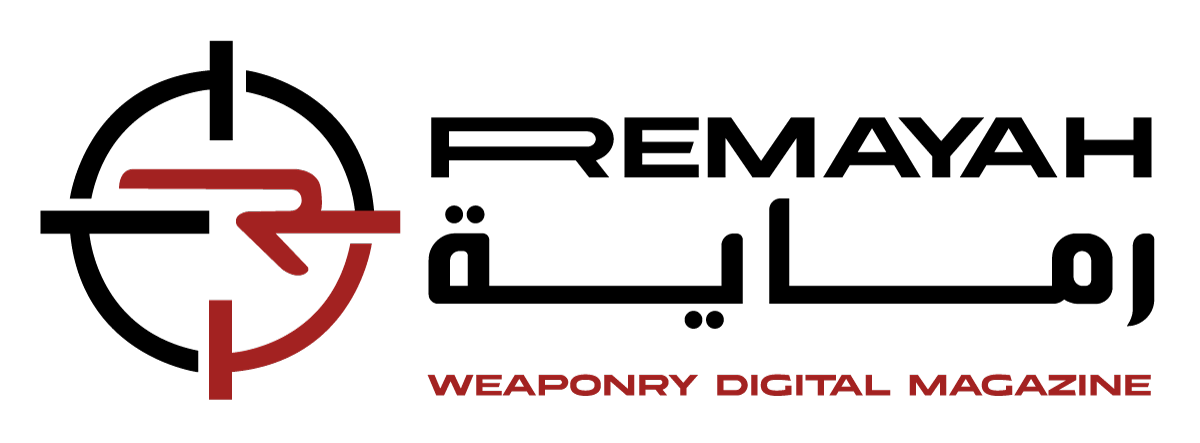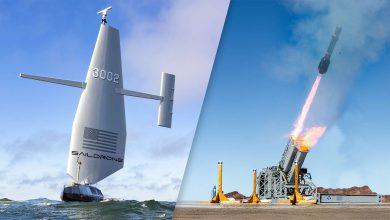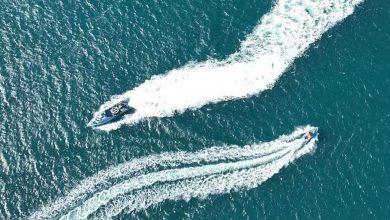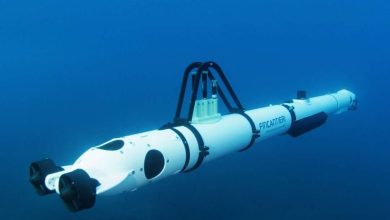
Charting Unexplored Waters in Maritime Innovation
The maritime realm remains unmatched in scope and importance, and effectively managing it is vital for maintaining dominance over critical infrastructures and trade routes. In his recent address at the World Defense Show 2024, Ambassador Stefano Pontecorvo, Chairman of Leonardo, emphasized the looming threats and innovative pathways necessary to protect national security and the global economy.
The maritime realm is a complex and layered environment. It includes activities on the surfaces of open oceans, enclosed water bodies, and navigable channels, as well as below the surface, to depths that are often uncharted and enigmatic. This sector involves every type of human-engineered entity, whether afloat or submerged, stationary or in transit, while also necessitating the safeguarding of all saltwater and freshwater species inhabiting the same region.
In addressing industry and government leaders at the recent World Defense Show, Ambassador Stefano Pontecorvo, Chairman of Leonardo, pointed out that it is arguably the least comprehended and most intricate global domain, potentially even more so than outer space. Nevertheless, it is a field that is continuously evolving, having been the focal point of significant technological progress in recent years, with a growing array of crucial infrastructures associated with or situated within this sector.
He elaborated: “Submarine pipelines and cables are essential components of the industrialized world: over 550 underwater cables carry 97% of global internet traffic; more than 30,000km of seabed pipelines transport oil and gas from offshore drilling locations across countries. While these two infrastructures have raised substantial concerns recently, particularly with notable disruptive incidents occurring in the Baltic, numerous other infrastructures are linked to international waters, including desalination plants, harbors, energy facilities – from thermal to wind – and all rigs utilized for resource extraction from the ocean floor.
“Evidently, the maritime sector also serves as a vast thoroughfare, likely the primary enabler of the global economy, facilitating the shipment of nearly 80% of goods traded internationally via an unrelenting fleet of over 100,000 vessels transporting raw materials, components, semi-finished products, and end goods to businesses and consumers.”
The maritime realm’s function as a key facilitator of global supply chains also positions it as a potential source of significant disruptions, such as the port congestion experienced after the Covid pandemic, which impacted international deliveries. The ongoing situation in Ukraine is currently affecting shipments, compelling firms to re-route cargos away from the Black Sea. In the Middle East, irregular activities in the Red Sea have led several major shipping companies to divert cargo around Africa and the Cape of Good Hope, despite the resultant rise in time, costs, and environmental impact.
Pontecorvo discussed the numerous platforms and solutions that Leonardo offers, founded on the company’s extensive multi-domain experience and system integration capabilities, all critical for enhancing maritime domain awareness and fostering a comprehensive grasp of all elements and actions that could influence security, safety, economic endeavors, and the environment.
He noted: “Even comprehending the activities in such a diverse sector is a rather daunting challenge. We are consistently innovating in terms of sensors, data integration, analytics, as well as data interpretation and visualization models, as technology alone is not enough.
“Mariners, coastal operators, offshore workers, aerial support teams, and economic and institutional stakeholders are individuals who require the most thorough and direct information to assist their decisions in directing or executing maritime operations. As always, superior information is generally the crucial driver of competitiveness and excellence.
“Consequently, one of our areas of rapid and robust innovation has consistently been in command and control. This represents the pinnacle of the information collection and generation process, where data from various stakeholders converges and decisions are made, often by numerous parties, rendering the process delicate, complex, and time-sensitive,” he added.
As one of the principal applications in the domain awareness framework, command and control remains a major focus for innovation. This application must gather, synthesize, and integrate data from all available sources – including surface and underwater vessels, alongside surveillance systems on land, at sea, on the seabed, in the air, and in space.
Accomplishing this requires secure communication channels tailored to specific source conditions. This ranges from line of sight to beyond the horizon, from close-range laser channels to underwater long-wave technologies. This data is collected and analyzed to anticipate volumes, timings, and expected outcomes.
The only route to achieve a competitive advantage and authority in the maritime sector is through improved communication, and the defense sector is experiencing a surge of logical and operational innovations from key players, aimed at driving this transformation and attaining information supremacy.
Pontecorvo stated: “Leonardo is diligently advancing technological innovations for its products, systems, and platforms related to the maritime sector within its labs and divisions. We continue to enhance sensors and payloads. We emphasize significant digitalization, offering improved modeling and interpretation of data through high-performance computing platforms, artificial intelligence, and digital twins not only of products but of intricate systems.”
The company aims to strengthen command and control by better integrating and disseminating unified information with a comprehensive multi-domain strategy, leveraging all realms and enabling maritime operations through heightened awareness.
Pontecorvo concluded: “The expanse of the maritime realm is so vast that its stakeholder group is as varied and diverse as one could imagine. A coordinated approach from all involved parties is crucial for effective domain management, and this collaboration can only be achieved through innovative solutions.”






